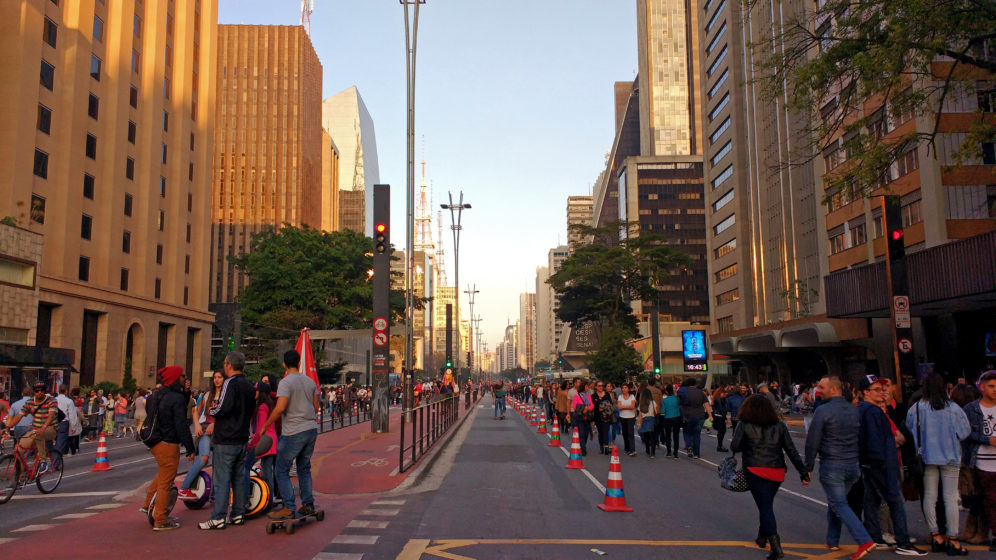 Photo Credit: Marcela Kanitz
Photo Credit: Marcela Kanitz
December 05, 2019
Four Years of Car Free Sundays on Paulista Avenue
São Paulo took Paulista Avenue, one of the most iconic central business streets in a city known for car culture, and removed cars once a week, giving that space back to pedestrians. Four years later, this program has maintained massive popularity and residents are happy participants, according to recent survey.
This post was translated and edited from another version published on ArchDaily Brazil. You can read the original in Portuguese here.
Paulista Avenue, Avenida Paulista in Portuguese, is set beautifully on one of the highest points of São Paulo. While it was originally designed in 1891 as a residential street for wealthy families, this changed in the 1950s when it was developed into São Paulo’s main financial center with its towering buildings to symbolize Brazil’s booming economy. The six-lanes of Av. Paulista demonstrated São Paulo as a model for Brazil’s car centric urban development.
Paulista Avenue’s symbolism and prominence demonstrate just how historic the changes introduced in 2015 were. Clarisse Cunha Linke, ITDP Brazil Director, “São Paulo is one of the most auto-centric cities in Brazil so to take Ave. Paulista, one of the most prestigious avenues in Latin America and shut it down to motor vehicles every week is groundbreaking. This battle was embraced by the Mayor Fernando Haddad and hard fought. Today, there are no more backlashes, people are supportive.”
In 2015, thanks the mobilization of civil society and public pressure, São Paulo launched the Open Paulista Program under the Open Streets Program, that included a new cycle track and closed the avenue to motorized vehicles on Sundays and holidays.
As a result of this initiative, in the past 4 years Paulista Avenue has gained color, dance, music and now hosts pedestrians and cyclists on Sundays and public holidays. One of the busiest avenues in the state capital has now become the stage for cultural, economic and leisure activities, in addition to providing a free and ample space for physical exercise.
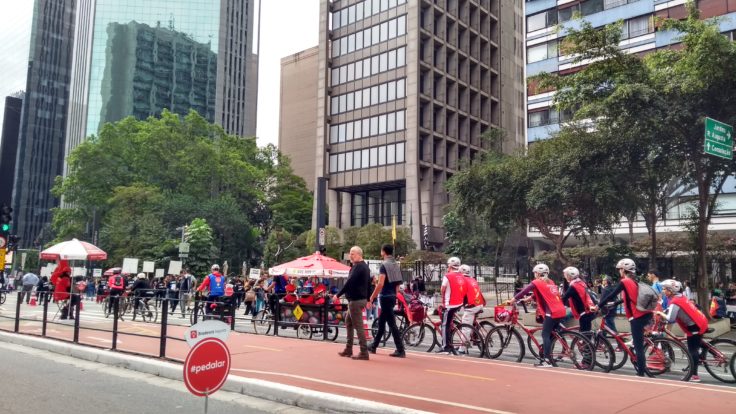
The growing trend of reclaiming public spaces, which has been gaining traction and popularity in São Paulo was inspired by the initiatives of other cities like Rio de Janeiro, Bogotá, and Mexico City. The main motivations behind opening Paulista Avenue were to demonstrate how, with cars absent, the street can take on another role, that of a public space for leisure and physical activity. To create a car-free zone, restrictions were placed on vehicular traffic on a 2.5-km (1.5 mile) stretch of the avenue; this space became a place for entertainment and rest activities.
This year, a team including the Sustainable Mobility Laboratory (LABMOB/PROURB/UFRJ), the Institute for Transportation & Development Policy – Brazil (ITDP Brazil), Bike Anjo and Corrida Amiga, supported by the Instituto Clima e Sociedade (ICS), set out to review the effects of the initiative on the area’s urban vitality – a wide concept that includes a public space’s positive performance and its ability to support different urban functions.
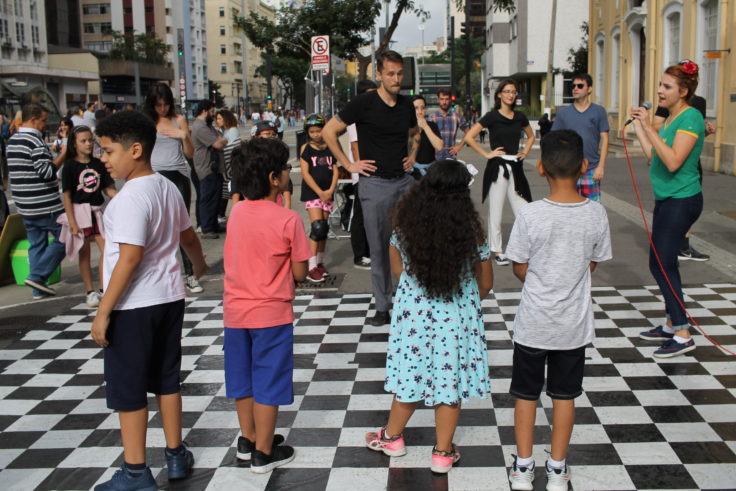
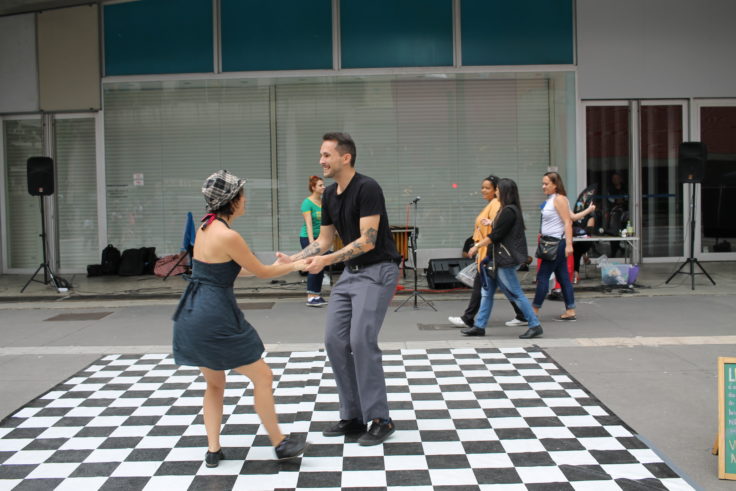
Photo Credit: Sustainable Mobility Laboratory (LABMOB/PROURB/UFRJ)
For the full study, including a short version in Portuguese and in English, click here.
The study builds on the idea that open streets increase urban vitality – the variety and spontaneity arising from diverse and vibrant commercial and cultural opportunities available in an urban area – and people’s quality of life. The analysis used indicators related to people’s quality of life and the contribution to environmental, urban, social and economic factors. Representative samples of visitors, traders, and residents were invited to answer a questionnaire to help understand the initiative’s impacts on these groups in recent years.
The survey findings indicate that the program has made Paulista Avenue more attractive because it allows people to engage in outdoor leisure activities. During the survey, 73% of the visitors said that the program has also motivated them to visit other public spaces on a daily basis.
People’s interest in the project is undeniable. Both residents and non-residents visit Paulista regularly: 89% of visitors and 78% of local residents report participating in the program frequently for leisure.
Open Paulista has also been positive considering economic indicators: 63% of all visitors say they buy products while they are there, and over 80% of the area’s retailers have reported a positive impact on their revenues, as Sunday sales have increased since the program began.
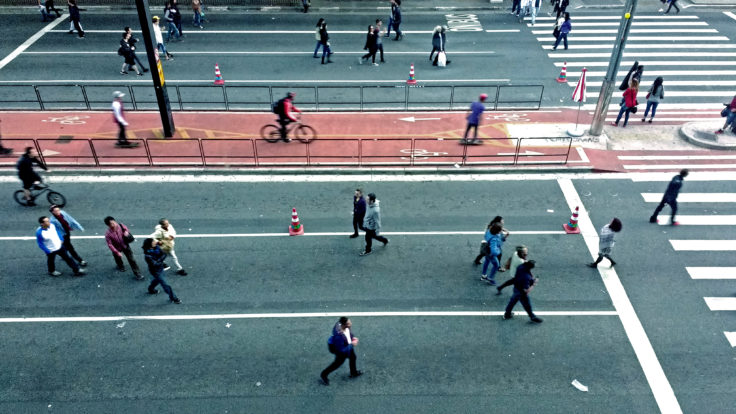
Regarding noise pollution, almost half the visitors feel comfortable or very comfortable with the noise generated by outdoor activities at Open Paulista. On the other hand, only 30% of residents feel the same way. They report discomfort with the noise pollution caused by the crowds or by music events. However, their perception of comfort is much lower during the week, when vehicle traffic is allowed. On these days, only 12% of residents report feeling comfortable or very comfortable with the existing noise. Meaning residents still find the open street to be quieter than the days the street is open for cars.

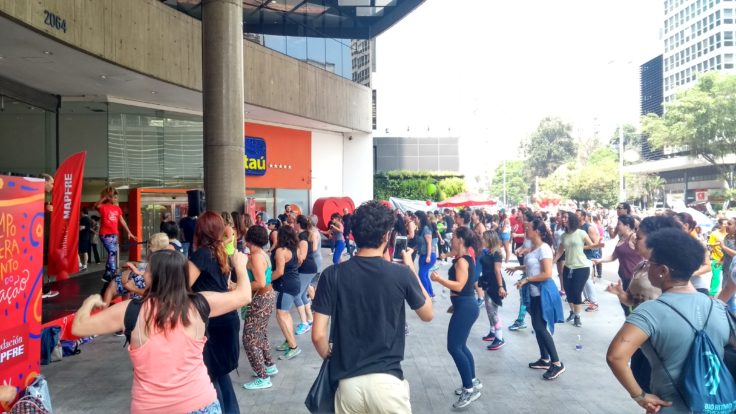
Photo Credit: Marcela Kanitz
Overall, the study shows the importance of evaluating and monitoring the outcome of urban policies. This is a critical step toward proving their benefits and identifying areas for improvement. Several analyses show that the program has been successful in achieving its initial objectives, with a positive impact on the urban vitality of Paulista Avenue. Moreover, streets throughout downtown São Paulo have begun similar programs of closing off vehicular traffic weekly and the Open Paulista program remains a popular fixture.
Studies such as these can stimulate the improvement of existing public policies, support their replication in other parts of the city, and even inspire similar policies in other Brazilian cities.
